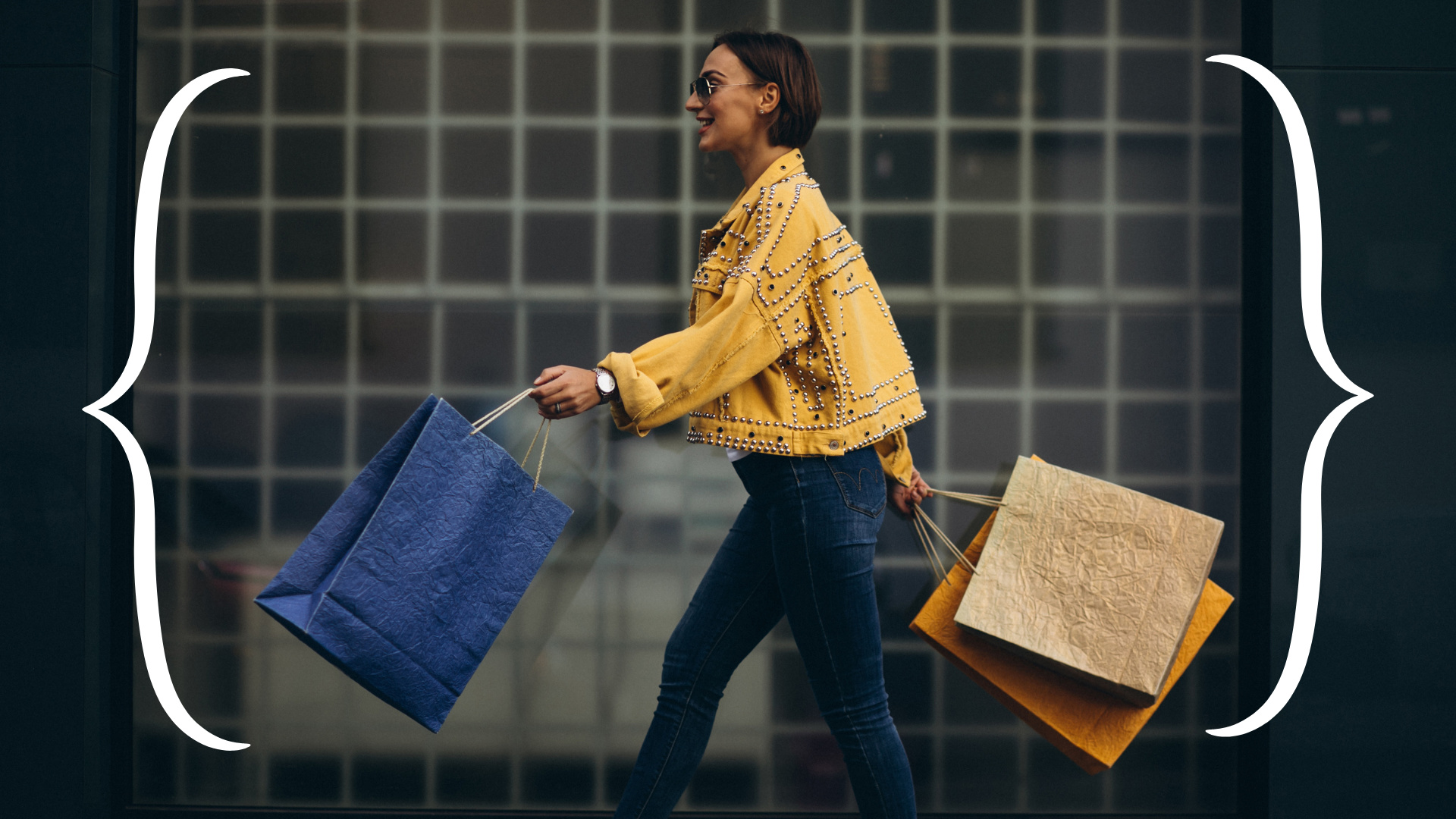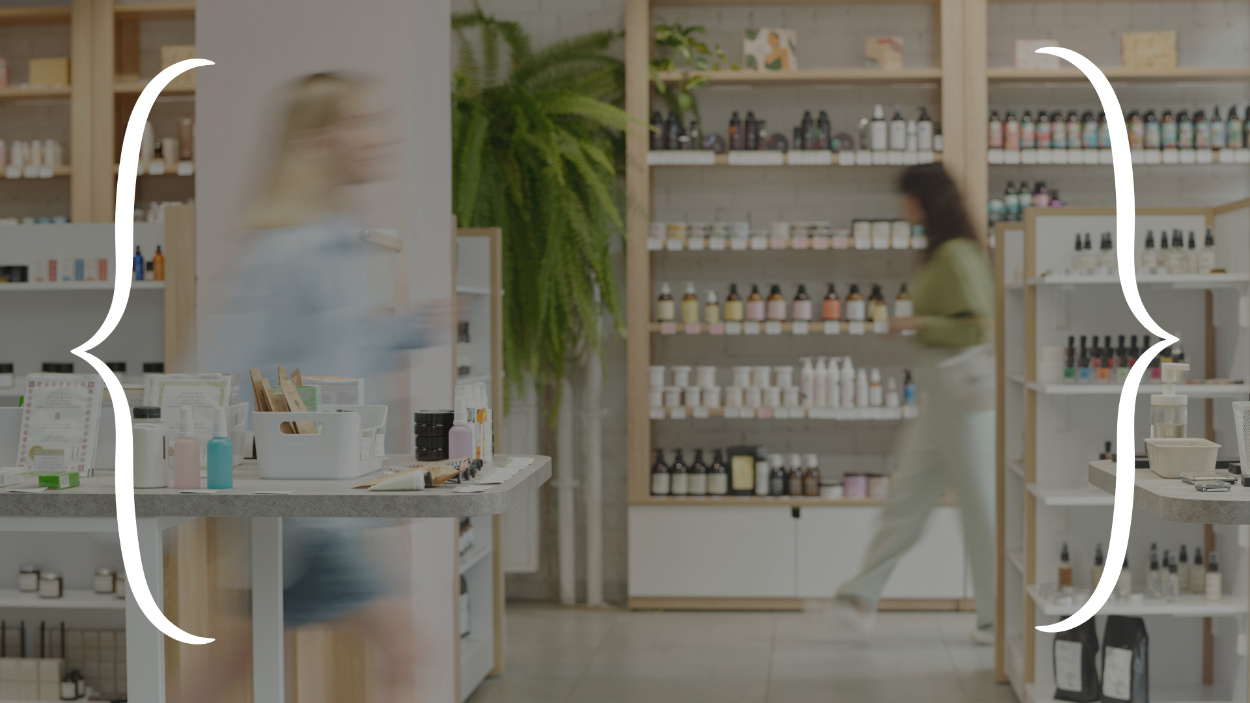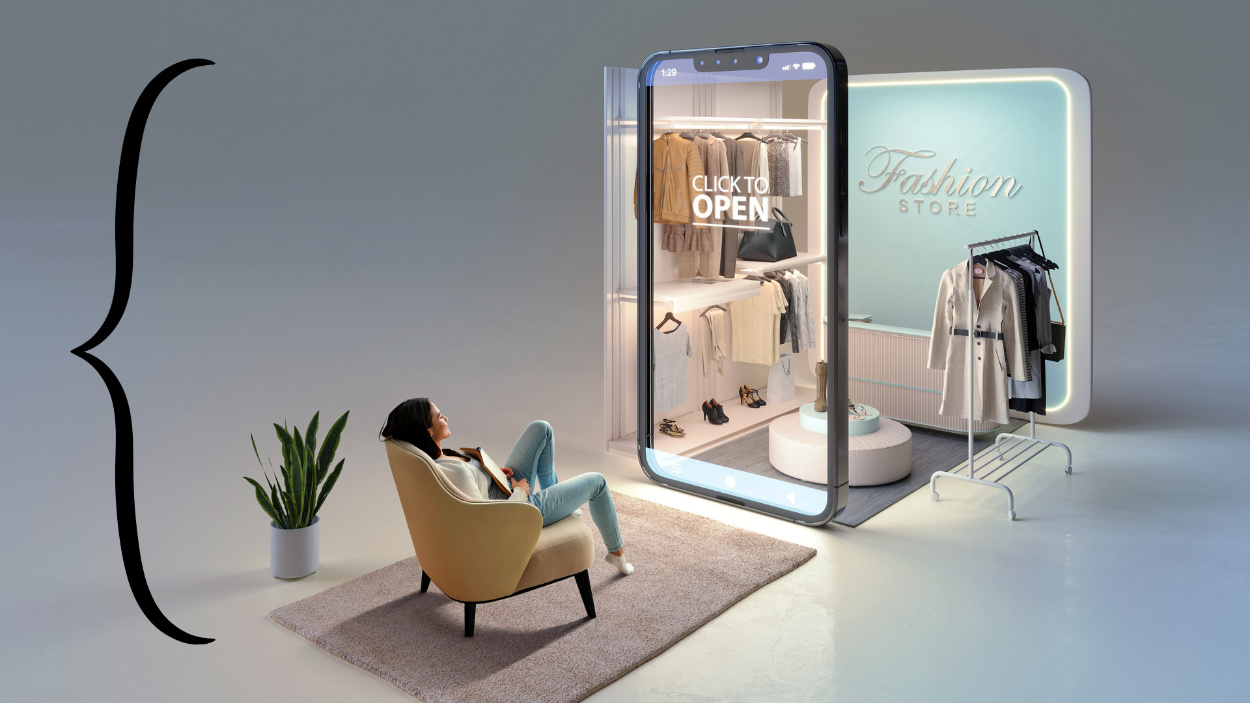Sign up to Interline Insiders to receive our weekly analysis in your inbox every Friday.

Key Takeaways:
- The traditional Black Friday shopping extravaganza is looking different this year, and brands and retailers are bracing for lower sales amid inflation, the cost-of-living crisis, and market uncertainties
- Consumers are showing altered shopping behaviours, no doubt a response to financial pressures, but also possibly the result of heightened awareness around sustainability. Brands and retailers will need to move towards steep-markdown, high-value, and responsible sales strategies.
- French startup Osium AI’s novel application of AI in materials science research and development has the potential to assist the fashion industry in creating new, innovative, and sustainable materials with their systematic and data-driven approach.
Today is Black Friday. Traditionally held on the Friday after Thanksgiving in the United States, the holiday marks the advent of the Christmas shopping season. And let’s not forget that the frenzy continues into the new week with Cyber Monday – the creative way brands and retailers stretch out the shopping festivities as long as possible.
This custom might have originated in the United States, but its influence has spread worldwide in the last decade. The result? A surge in digital transactions, more transportation of goods, and a spike in air pollution. Let’s be clear, this annual tug-of-war between consumers and fashion companies takes a serious toll on the environment.
Black Fridays past have also conditioned shoppers to seek increasingly substantial discounts as they scour for gifts, and each year, retailers strive to maintain pricing integrity. But achieving this goal proves to be a challenge that only a few manage to overcome. Especially as many fashion companies currently have excess inventory – a result of the supply chain chaos of 2021 and 2022.

But as inflation escalates, a pervasive cost of living crisis continues, coupled with the turbulence witnessed in key markets like the US and China throughout the year, brands and retailers are entering this season with a sense of caution.
The US National Retail Federation is projecting roughly a 4% growth in holiday sales (spanning from November to the end of the year) with an estimated total of around US$960 billion. This is down from last year’s 9% uptick, and the extraordinary 12.7% post-pandemic surge in 2021. To note, though, the increase in spending this year is not heightened consumer demand, but rather the reflection of inflationary pressures. So while overall spending may increase – due to the pervasive rise in prices – there will be a decline in unit-based purchases.
In light of these obstacles, brands and retailers have adjusted their forecasts, anticipating a downturn in sales. Electronics retailer Best Buy, home improvement retailer Lowe’s, and department store chain Kohl’s all said sales were lower in the most recent quarter, and slashed their sales forecasts for 2023. On the luxury end, Burberry recently revealed that it anticipates falling short of its full-year revenue target if the current trend of declining demand persists.

Many have taken bold measures, aggressively reducing prices on products to incentivise consumer spending. Adobe Analytics reports a surge in discounts, indicating a potential record-breaking trend with the average markdown for apparel reaching 25%, surpassing last year’s figure of 19%.
The influence of inflation and other financial factors is also reshaping consumer shopping behaviours. The market suggests that personal care and beauty products will be standout categories this holiday season, driven by their comparatively lower cost in contrast to clothing, footwear, and accessories. Nordstrom executives said in a post-earnings call that the active, beauty and accessories segments were leading sales growth.
Consumers also took advantage of early deals for electronics, with sales for smart home items up 157% and electronics accessories up 109%, compared to figures in September 2023. Additionally, spending on holiday decor items such as Christmas trees, ornaments, and decorations saw a boost and rose 136%.

But is there something else at play here, beyond a turbulent economy and financial pressures, in the form of the rise of a more consumption-conscious, sustainable shopper? It could also be that this time of financial turbulence has created a new cohort of consumers – compelled to make more deliberate, value-driven purchases because of higher price points. This shift, while borne out of necessity, may have garnered some positive points for sustainability by lowering the tendency to impulse buy.
If this is the case, what are brands and retailers to do? Simply, they’ll need to go the extra mile to distinguish themselves. And instead of (or perhaps, in addition to) conventional tactics like free shipping and lowered minimum spending thresholds, will need to emphasise real value, appeal to customer loyalty, and promote genuine sustainability.
For instance, Vestiaire Collective is promoting something it calls Better Friday, where customers are encouraged to shop for pre-loved items. French brand Tammy & Benjamin is also promoting its own Better Friday, writing on their website: “Thrilled by the resounding success of Better Friday 2022, our dedication to combat overproduction grows stronger… Uniting our orders, we guarantee a Christmas delivery while sharing the savings with you. This approach allows us to produce efficiently, eliminating waste, reducing logistical costs, and lessening our environmental impact.”

While it’s unlikely that – even with an increased awareness around sustainability – Black Friday will ever disappear completely, brands and retailers can move in the direction of promoting responsible shopping. UK denim label Non is temporarily closing its online store on Black Friday to underscore its opposition to unnecessary shopping during the Black Friday sales mania. Another example is a Dutch denim brand MUD that’s challenging Black Friday by launching its own pre-loved denim platform. And REI, the Seattle-based seller of outdoor clothing and gear, closes all of its 178 stores, distribution locations, call centres and headquarters every year on Black Friday. The company announced that it would compensate its 16,000 employees for engaging in activities outdoors on that day, with the only condition being that no shopping be done.
As for consumers: beyond just buying fewer items of higher quality, there should be active participation in social movements (like Giving Tuesday, Green Friday, or Buy Nothing Day), while also advocating for systemic change in the fashion industry, and constantly challenging entrenched cultural habits. Only then will buying nothing wasteful become the new black.
AI Meets Innovative Materials
Also in the news this week, French startup Osium AI has identified a compelling application for AI: research and development (R&D) in the field of materials science. The company raised US$2.6 million in their seed round for their proprietary AI-powered software that enables R&D engineers to design new materials much faster. The idea had its beginnings from the founders observing that approaches to materials development remained largely manual, characterised by extensive trial and error. Many methods heavily relied on intuition, indicating a need for a more systematic and data-driven approach.

In the fashion industry, as in many others, there is a demand for materials that not only possess enhanced durability but that are also environmentally friendly, and that integrate refined and eco-conscious manufacturing processes. As Osium AI’s solution can enable companies to accelerate both the development and analysis of materials by a factor of 10 – it could be a game changer for fashion that has experienced a lack of funding for the long R&D process that is involved when it comes to creating innovative materials.
If there is a vast improvement in the time to completion of a new material, along with possible improvement in quality, it could play a part in helping the second biggest conundrum when it comes to innovative materials in fashion: scaling and widespread adoption. Even with the backing of brands, investors, or other innovators in the space, having alternative, sustainable materials enter the mainstream has proved very difficult. Take Bolt Threads, the laboratory behind Mylo (the mycelium-based leather alternative) had come close to broad commercialisation but production was halted earlier this year because of funding challenges.
But with this new application of AI – and its potential to revolutionise R&D with cost savings and overall efficiency – there is renewed hope for innovative materials to reach store shelves in the not-too-distant future.
The best from The Interline:

Professor Matin Saad Abdullah shares how one of the world’s foremost fashion manufacturing destinations is preparing to respond to the shifting landscape of environmental and social legislations?

We talk to Gonçalo Cruz about the definition of sustainability – from environmental and social metrics, to repeatable business models – and why part of the solution could lie in making more effective use of what fashion already has available.

Rounding off the week, Alexis Liu shares a new white paper from Frontier, which delves into the transformative power of digital fabrics.

